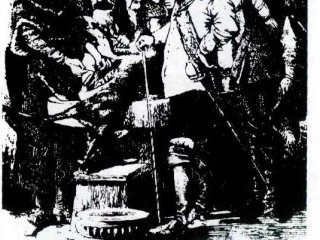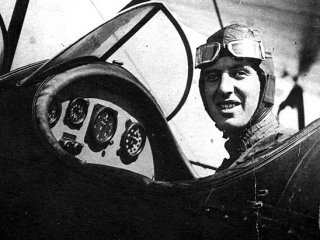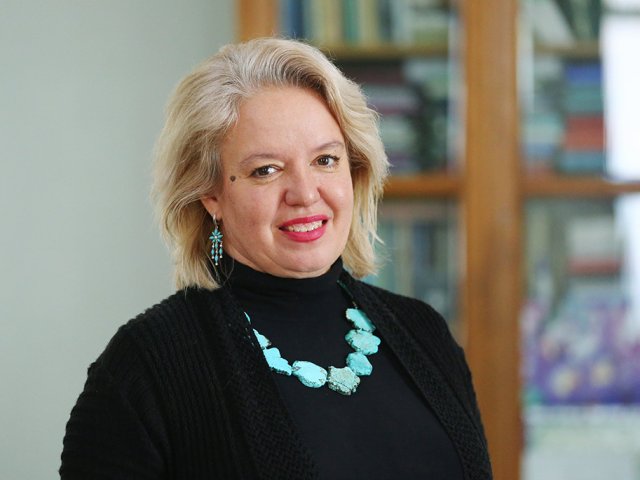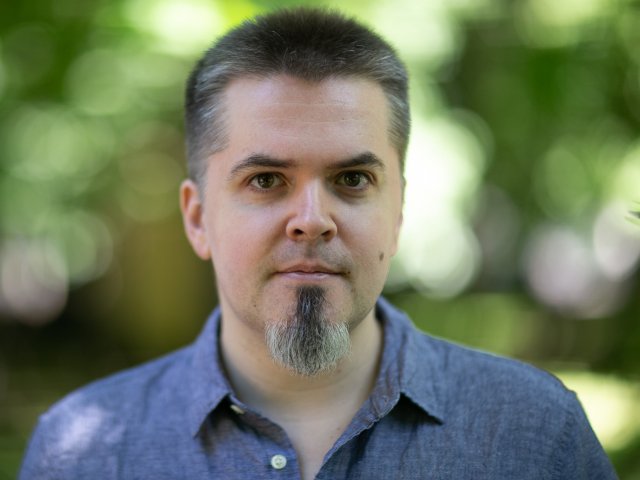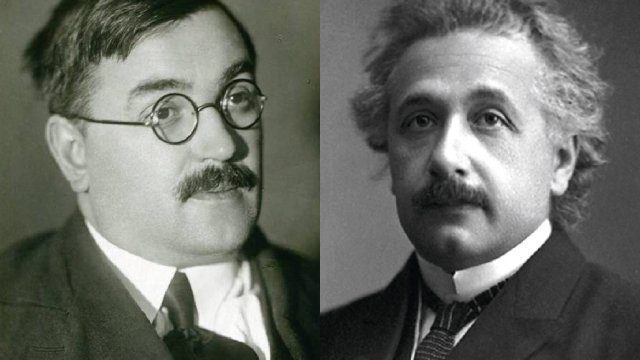
Если математика, по Гауссу, царица наук, то Гаусса вполне можно назвать королем математики. А еще Гёттингенским колоссом – почти полсотни лет он трудился там профессором и директором обсерватории. Величайший математик всех времен с самых малых лет проявил свои способности: в три года умел читать и писать и даже исправлял ошибки отца в счете. К сонму известных математиков его причислили уже в 24-летнем возрасте. И было за что: чего стоит одно только разрешение труднейшей проблемы построения правильных многоугольников. С помощью лишь циркуля и линейки он построил правильный семнадцатиугольник – такой, как красуется на его памятнике в Брауншвейге. Потом он вычислил, где искать потерянную малую планету Цереру, и его слава стала оглушительной. Годы спустя его вознаградили собственной малой планетой. К тому времени весь мир измерял магнитную индукцию в Гауссах, называл Гауссовым нормальное распределение вероятностей случайной величины, решал системы линейных уравнений по методу Гаусса и даже высчитывал пасху по алгоритму, предложенному Карлом Фридрихом. Он первым построил неевклидову геометрию, но не опубликовал результаты, а в старости начал учить русский язык, чтобы познакомиться с трудами Лобачевского.
If mathematics, according to Gauss, is the queen of sciences, Gauss can well be hailed as the king of mathematics. As well as being named the Colossus of Göttingen – for almost half a century he had worked there as professor and director of the observatory. The greatest mathematician of all time from the showed his abilities from his earliest years: at three years of age, he was able to read and write and even corrected his father’s mistakes in the latter’s accounts. When he was 24 years old he had already been recognized as a renowned mathematician. And it was well-deserved: just consider the solution to the most challenging problem of plotting regular polygons. Only armed with compasses and a straightedge, he constructed a regular heptadecagon – such as the one adorning a monument to him in Brunswick. Then he rose to a brilliant fame when he calculated where the lost small planet Ceres should be looked for.
Years later, he was rewarded with a small planet named in his favor. By then the whole world was measuring magnetic induction in gauss, calling the normal probability distribution of a random variable Gaussian, solving systems of linear equations using the Gauss’s method, and even calculating Easter using an algorithm proposed by Carl Friedrich Gauss. He was the first to construct a non-Euclidean geometry but did not publish his findings, and in old age began to learn Russian to get acquainted with Nikolay Lobachevsky’s works.
